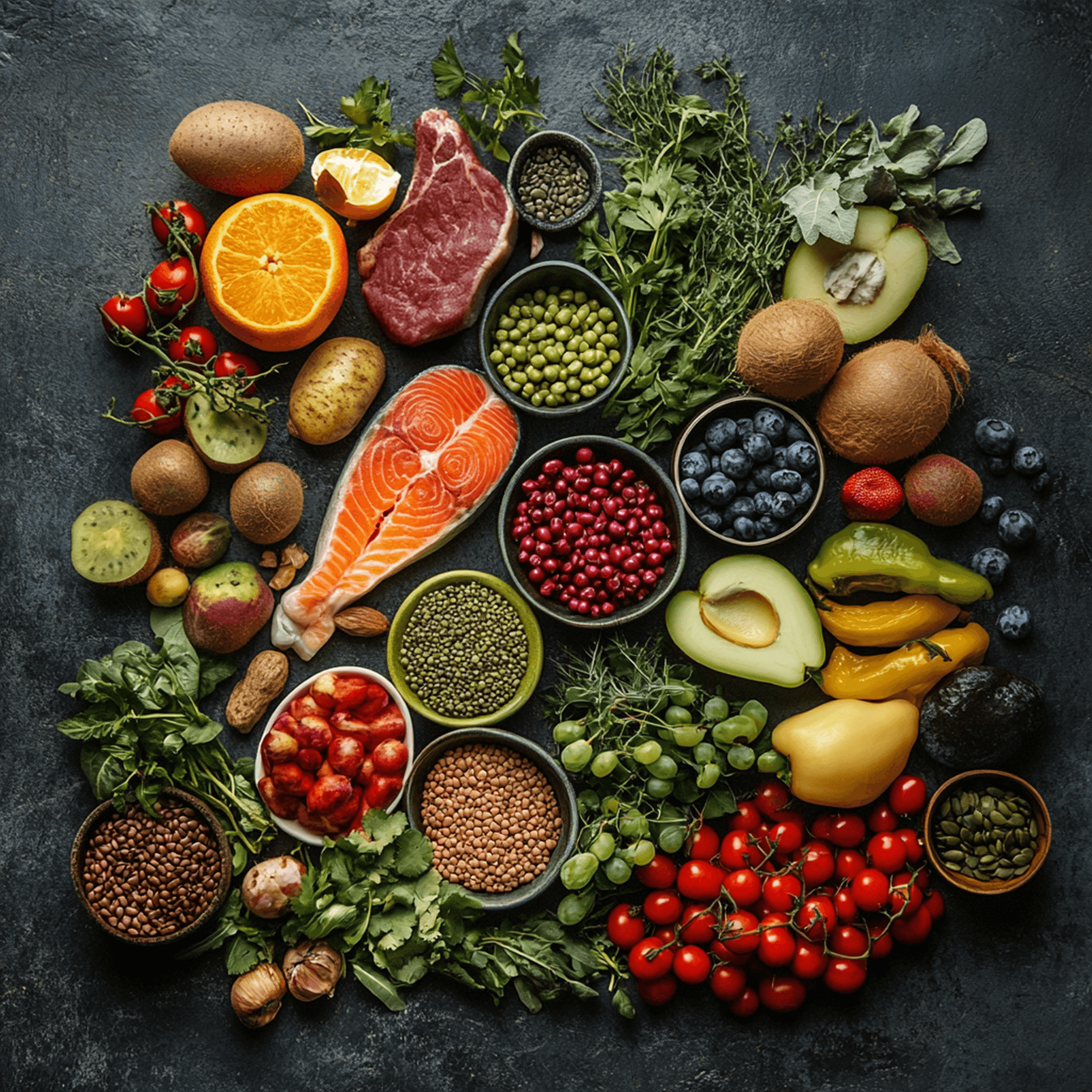How to Navigate Eating Out Without Losing Progress
Written By
John Schaefer
Reviewed By
Paul Winsper, Chief Science and Performance Officer, AlterMe

Related posts

What’s the Best Diet for Fat Loss and Long-Term Results?
There’s no one-size-fits-all solution to fat loss or healthy eating. Learn how different diets—from keto to intermittent fasting to Mediterranean—stack up, and what actually makes a nutrition plan work. The most effective approach is the one that fits your life and keeps you consistent.

Make Weekends Work for Fat Loss Without Giving Up Fun
Weekends don’t have to derail your fat loss goals. Learn how small swaps, short walks, and protein-first choices can keep you on track without giving up fun, food, or flexibility.

The Truth About Belly Fat and What You Can Actually Do to Lose It
Targeting belly fat with crunches or supplements does not work. Sustainable fat loss requires a calorie deficit, balanced nutrition, strength training, and daily habits that reduce body fat and improve long-term health.